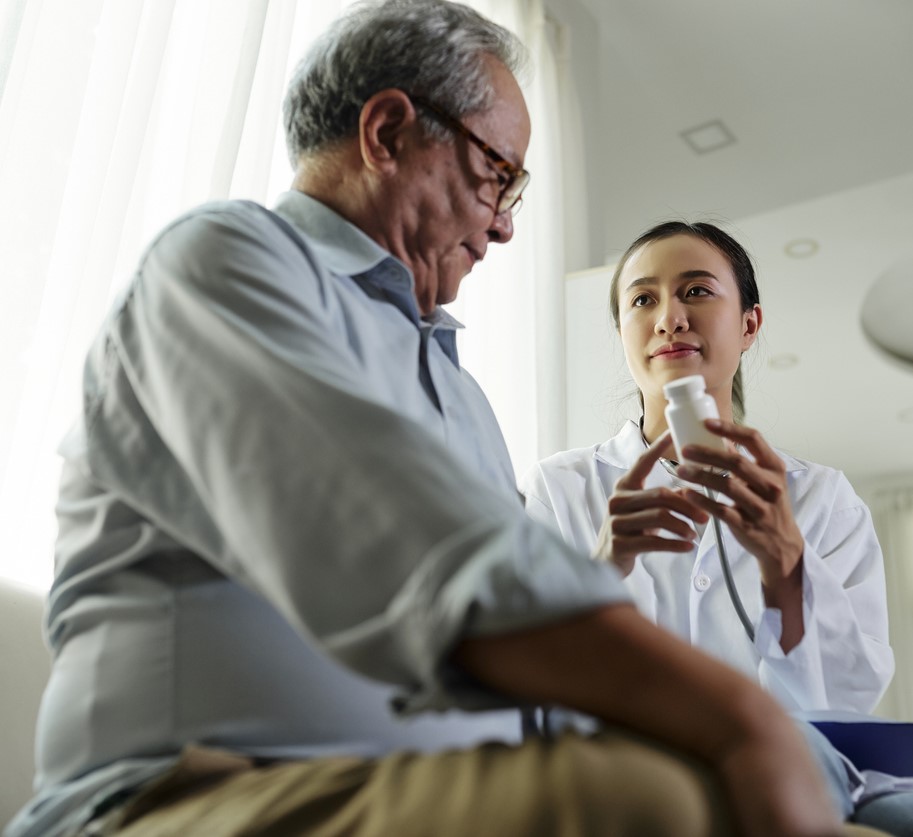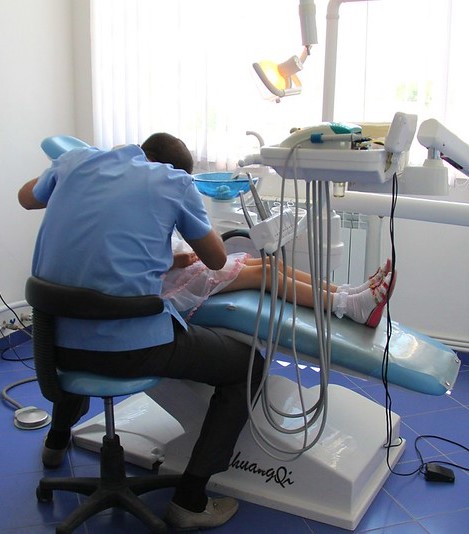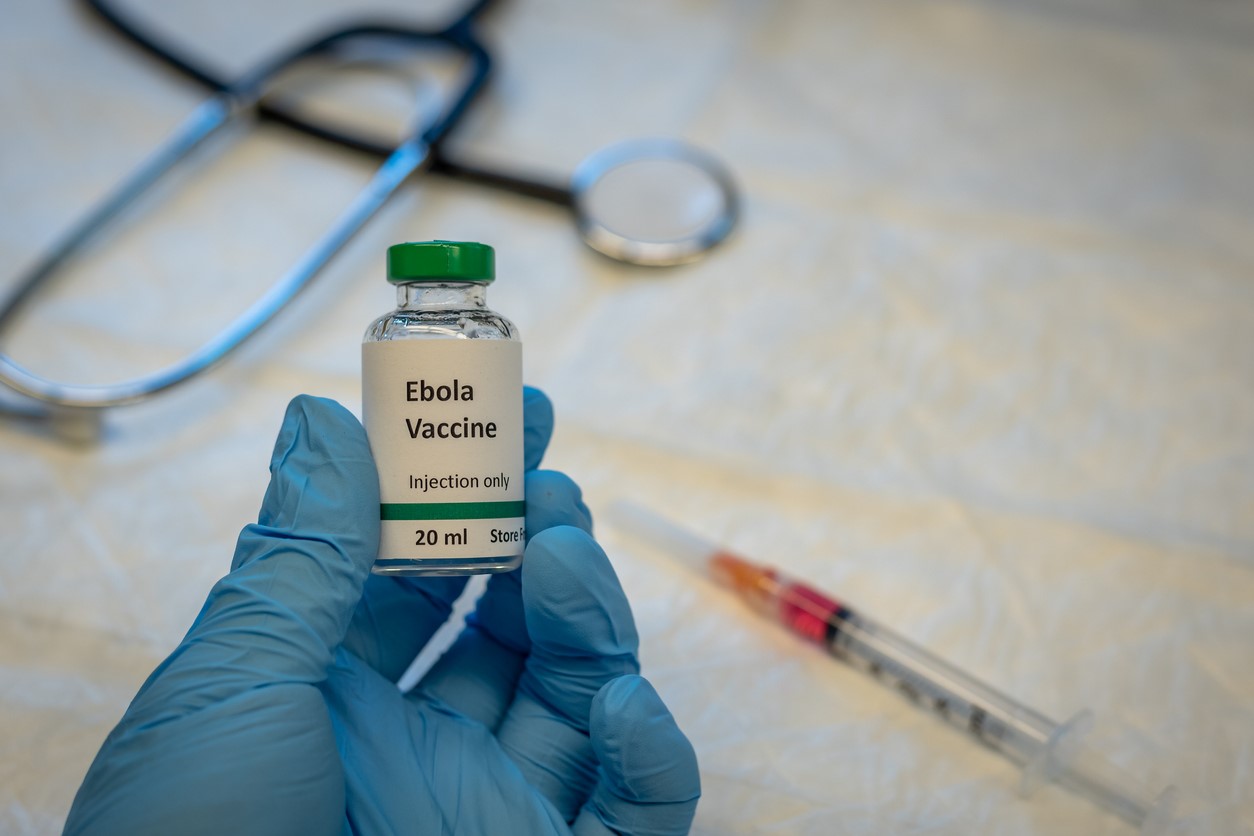 A pilot study conducted at an academic medical center highlights the benefits of direct review of antibiotic prescriptions by pharmacists, researchers reported today in Antimicrobial Stewardship & Healthcare Epidemiology.
A pilot study conducted at an academic medical center highlights the benefits of direct review of antibiotic prescriptions by pharmacists, researchers reported today in Antimicrobial Stewardship & Healthcare Epidemiology.
The pharmacist-driven antimicrobial stewardship intervention, implemented at Temple University Medical Center, involved pharmacist review of oral antibiotic prescriptions for patients being discharged before the prescriptions were electronically sent to outpatient pharmacies. Each prescription was reviewed for correct antibiotic selection, dose, frequency, duration, and safety using inpatient laboratory and procedure results, progress notes, and medication administration records. To evaluate the program, Temple University School of Pharmacy researchers assessed the number of pharmacist interventions for oral antibiotic discharge prescriptions, as well as cost savings.
A total of 149 oral antibiotic prescriptions were reviewed during the study period, and 55 interventions were made, 42 (76%) of which were accepted. The most common reason for the intervention was inappropriate duration (19), followed by incorrect dosing (16) and antibiotic selection (9); other reasons for intervention included no indication for antibiotics (4), need for additional monitoring (4), and drug-drug interactions (3). The total estimated cost savings was $20,743.
Significant cost savings may be associated with discharge stewardship.
The study authors say the findings indicate that expansion of the program is warranted.
"Unnecessary antibiotics and dosing errors were identified, likely preventing unwanted adverse effects and outcomes associated with inappropriate antibiotic use," they wrote. "Additionally, significant cost savings may be associated with discharge stewardship."














